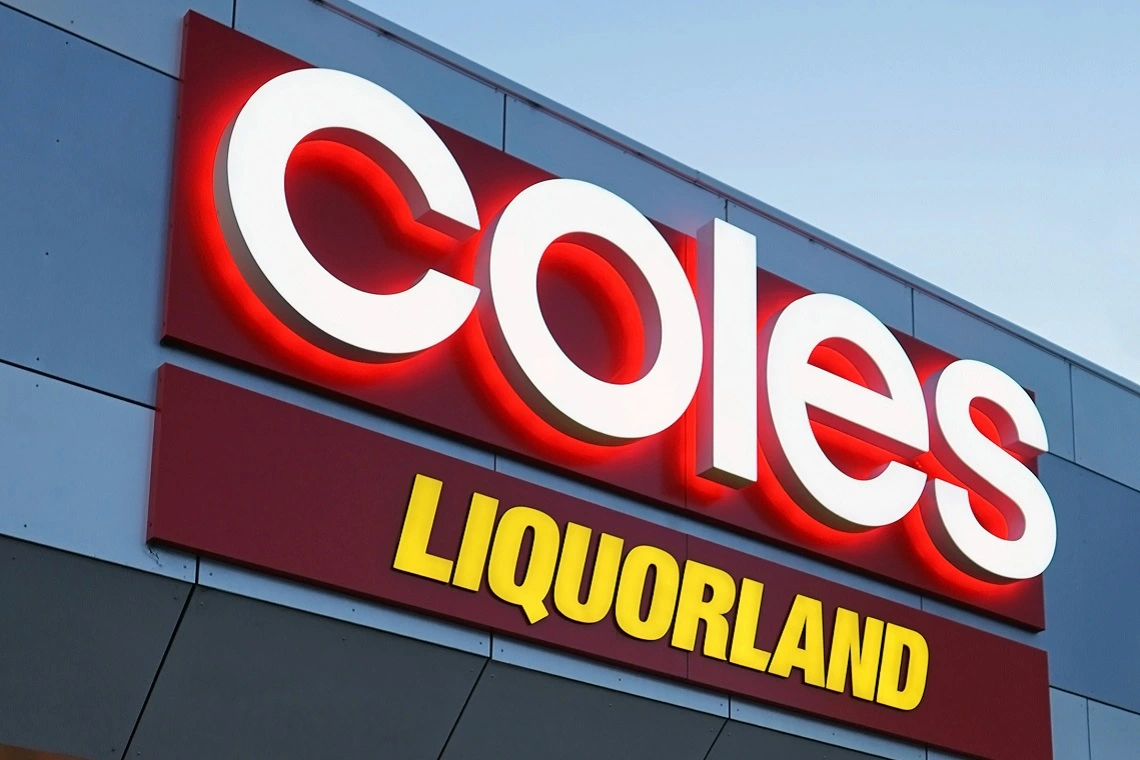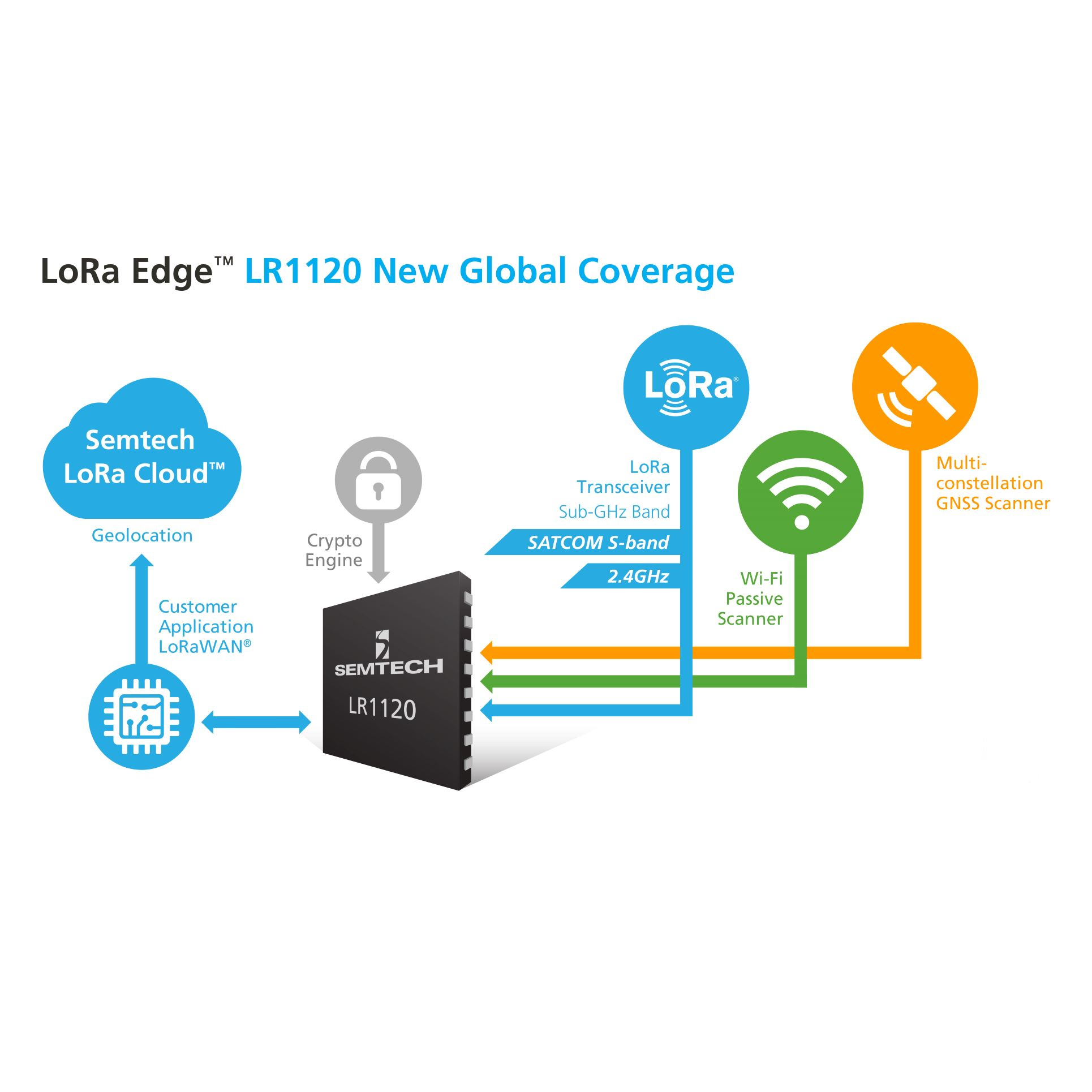Factors out of our control have sent the supply chain into crisis. Yoav Kutner, CEO of Oro Inc., discusses why supply chain issues occur and how businesses can use technology to overcome the hurdle.
The Covid-19 pandemic plunged our supply chains into unprecedented chaos, they were severely interrupted and businesses are still suffering from the instability – who could forget about the Ever Given ship that blocked the Suez Canal in 2021?
Supply chain problems dominate the news these days. Just recently, the shortage of truck drivers in the UK has been a hot topic of conversation with a Road Haulage Association (RHA) survey estimating that there is now a shortage of more than 100,000 qualified drivers in the UK. This lack of drivers means supplies and products can’t be delivered and subsequently has a knock on effect to other businesses.
A notable supply chain issue includes the launch of the twin-engined Boeing 787 in 2007 which vowed to set a production time record – it’s safe to say this did not happen. The first phase of construction was held up by the smallest of issues – some were minuscule like running out of fasteners and Boeing even resorted to buying more at Home Depot. The plane was launched years later than planned with a plethora of hiccups to blame. Although this example explores supply chain issues within a grand scale company, this drawback had a detrimental effect on smaller businesses too.
So what exactly is causing today’s global supply chain issues? For one thing, the pandemic was a huge factor in slowing the supply chain right down. At the height of Coronavirus, many manufacturers shut down or reduced operations significantly. However, returning operations to ‘normality’ has been more difficult than expected.
Rising and falling infection rates impact various parts of the world differently. For example, China requires a rapid shutdown of factories and shipping centres at the first sign of infections. China’s actions create a domino effect on manufacturers and shippers in Malaysia, Indonesia, and Vietnam. These countries serve as an essential source of apparel, consumer goods, and computer chips for cars and electronics.
Increased demand is also to blame for the supply chain crisis. Consumers have gone out less and thus spent less during lockdowns. Combined with government checks, this has led to pent-up demand. Since restrictions have eased, there has been an influx of demand at once, that has amounted to trillions of dollars in spending in a relatively short amount of time, straining producers. As well as resulting in more orders, this demand has led to more frequent out-of-stocks, delays and rising prices.
Manufacturers have also been cutting costs in the face of the pandemic, trimming inventories to match demand. Now, faced with shortages, they are ordering extra supplies, increasing the strain on our distribution systems.
These are just a few examples of how a domino effect can greatly alter the supply chain. However, hope is not all lost as technology is on hand to help businesses of all sizes cope with potential supply chain issues and make a stronger, more resilient business. B2B businesses must continually monitor supply chains, spot upcoming disruptions on the horizon, and keep customers informed every step of the way.
Supply chain monitoring tools are a must for manufacturers, warehouses, and logistics companies. For example, companies should integrate data between business systems such as a B2B eCommerce platform, CRM, BI, and ERP. Integrated systems provide customers with insights into your supply chain before they place their orders. And with increased information flows, businesses can make informed decisions and apprise customers of their order status.
Visibility and agility are great, but businesses need the ability to act according to changing circumstances. Whether it’s quickly growing suppliers, boosting communications, making contingency plans, or expanding operations – it all requires a stable foundation.
A strong B2B eCommerce presence gives businesses greater manoeuvrability in the face of delays and disruptions than would be possible with brick-and-mortar infrastructure. Brands can adequately respond to demands, grow their stores, launch new ones, or roll out to additional regions. It also helps them grow when things do get back on track.
As our lives get busier, we often forget the importance of a simple personal follow-up. Reaching back to clients after a long period of time might also serve to remind them that your product or service is still available and that your customer service is outstanding. In some cases, following up with an old customer may prompt them to make another purchase or provide a word-of-mouth recommendation to someone else.
Just don’t forget about the back office. As supply chain situations develop, it’s important to distribute crucial information across all segments of operations. This way, your company will be better prepared in case a sudden supply chain crisis develops in the future.







 Sree Durbha (pictured), Director of LoRa Edge Product Management, spoke exclusively with Logistics Business:
Sree Durbha (pictured), Director of LoRa Edge Product Management, spoke exclusively with Logistics Business:



